- News
- Reviews
- Bikes
- Accessories
- Accessories - misc
- Computer mounts
- Bags
- Bar ends
- Bike bags & cases
- Bottle cages
- Bottles
- Cameras
- Car racks
- Child seats
- Computers
- Glasses
- GPS units
- Helmets
- Lights - front
- Lights - rear
- Lights - sets
- Locks
- Mirrors
- Mudguards
- Racks
- Pumps & CO2 inflators
- Puncture kits
- Reflectives
- Smart watches
- Stands and racks
- Trailers
- Clothing
- Components
- Bar tape & grips
- Bottom brackets
- Brake & gear cables
- Brake & STI levers
- Brake pads & spares
- Brakes
- Cassettes & freewheels
- Chains
- Chainsets & chainrings
- Derailleurs - front
- Derailleurs - rear
- Forks
- Gear levers & shifters
- Groupsets
- Handlebars & extensions
- Headsets
- Hubs
- Inner tubes
- Pedals
- Quick releases & skewers
- Saddles
- Seatposts
- Stems
- Wheels
- Tyres
- Health, fitness and nutrition
- Tools and workshop
- Miscellaneous
- Buyers Guides
- Features
- Forum
- Recommends
- Podcast
 Buying your first road bike Sept 2018
Buying your first road bike Sept 2018How to buy your first road bike — everything you need to know
When you're buying your first road bike, the range of bike types, materials and component options can be bewildering. Let us steer you through your choices and help you find the right road bike for you.
There's never been a better time to buy a new road bike. While the pros might belt around France on bikes costing anything up to £10,000, you don't need to spend anywhere near that much. Over the last couple of decades entry-level bikes have become ever better value for money, with much of that Tour de France advanced technology trickling down to bikes we can all afford.
>>Read more: Beginner's guide: how to choose and buy your next bike
>>Read more: The road.cc A-Z of cycling jargon
>>Read more: Beginner's guide to bike types
First, you need to decide how much you're prepared to spend. Decent road bikes start from about £300; the more you spend the lighter and better specified a bike will be. There is no right price. There's a great choice between £300 and £600, and from £600 to £1,200 you're entering the territory of very capable road bikes. Beyond that, well, you're entering a world of choice to suit all tastes.
Do your research
With a budget in mind, you want to do some research. Sure, you can just walk into your nearest bike shop, slap down some cash on the counter and leave with your first road bike, and there's nothing wrong with that. But a bicycle is an investment and, as with most expensive investments, it's worth spending some time researching the options.
Our forum is a great place to ask questions about road bikes, and our review database gives you valuable advice for sorting the wheat from the chaff. They're both very good places to start. Below we outline some of the important considerations to think about.
Frame materials
The frame is the heart of your new road bike and it's where the majority of the budget goes. Frames are made from a range of materials, the most common being steel, aluminium, titanium and carbon fibre. Broadly, frames made from any particular material will have common characteristics, though what the designer does with a material is as important as the material itself.
Aluminium is the most common frame material for road bikes costing under £1,000, and there are plenty of excellent aluminium-framed bikes at higher prices too. It's inexpensive, and a very good material to make bikes from because it builds into stiff, light frames. The latest aluminium frames boast some advanced features and design touches.
Better aluminium frames use butted tubes. These have varying wall thickness, with the ends thicker than the middle to handle the greater stresses at the joins. Butted tubes are lighter too, and can offer more comfort. Frames with stickers indicating the use of tubing from top manufacturers Dedacciai, Easton, or Columbus will command a premium.
Steel was the dominant road bike frame material until the 1980s and is still a lovely material in the hands of a good designer. It's most often found on custom bikes and those designed for touring because in those applications its weight penalty is less important. It's heavier than aluminium but can be wonderfully comfortable.
The latest ultra-high-strength stainless steel tubes from Columbus and Reynolds demonstrate the material's suitability for lightweight race bikes but they don't come cheap.
>> Read more: 15 of the best steel road bikes
Titanium was once the most exotic material of them all. A titanium frame can be as light as aluminium and as durable as steel, making it a wonderful material for bicycles. Its corrosion-resistance is the icing on the cake.
However, titanium is difficult to work with and this means that it has always been an expensive option. It's slightly more affordable now than when it was the hot new material back in the 1990s, but it's still not exactly cheap.
Carbon fibre is now the most coveted road bike frame material. Once an ultra-expensive choice, bikes with carbon fibre frames are now available from about £1,100.
Carbon fibre frames aren't all equal though. There's a huge difference between cheap and expensive carbon fibre, down to the type of fibres used, how it's manufactured and other important factors that make a big impact. Carbon fibre can be relatively easily manipulated by designers to create frames with the particular balance of properties they want, whether that's low weight, comfort, stiffness.
If you're facing a choice between a bike with a carbon fibre frame, and another with an aluminium frame, don't dismiss aluminium. Often you will get an aluminium bike with higher grade wheels and components than you could get on a carbon bike of a similar price, and that will contribute to a lower overall weight. That can lead to a far more enjoyable ride than you'll get from a carbon fibre bike where the manufacturer has had to cut corners (with heavy wheels or a low spec groupset) to make a price point. So don't just put carbon fibre at the top of your list because your friend has bought a carbon fibre bike.
Choosing the right size
Choosing the right size bike is absolutely critical when buying your first road bike. Take advice from the bike shop but don't go for a bike that is too small or too large just because it's a bargain. Only with the correct size bike for your height and dimensions will you really get the most out of your new hobby.
Picking the right size can be difficult. Generally, road bike sizes are given in centimetres but the way in which frames are measured varies between manufacturers. Some offer three sizes and some offer 10 with smaller increments between them. However, as everyone has their own individual body shape it can get complicated.
The best thing is to have a good look at the size chart on each manufacturer's website, and sling your leg over any bike you're considering buying. If you can get a short spin on a bike, even better. The minimum rule of thumb is that you should be able to stand over the frame with a couple of centimetres of space between you and the top tube. If you can't, it's definitely too big.
If the bike fits
Bike fit services have become popular these days, and many bike shops offer such a service. They'll give you expert advice and will even fit you on the bike in the shop to make sure you leave a happy customer.
There are several parts of the bike that you can change to help find a good fit, and a good bike shop will be invaluable here. The height and fore-after position of the saddle can be adjusted. The handlebars can be raised or lowered with spacers on the steerer tube. Stems come in a range of lengths with 10mm increments to help you get the right reach. These are all changes that a good bike shop will happily assist you with.
If you're getting your first road bike after a history of mountain biking, you may wonder what all the fuss is about. On a road bike, you spend lots of time in one position, whereas on a mountain bike you move around a lot. Spending a long time in the wrong position can lead to aches and pains or even over-use injuries in some riders, so it's worth getting your position right to minimise the risk.
>>Read more: Getting a bike fit
Components
Bike component manufacturers assemble their parts into groupsets — collections of brake and gear parts matched for quality and function and designed to work together. Bike makers buy groupsets to build into bikes. There are three major manufacturers that you're likely to encounter: Shimano, SRAM and Campagnolo. At entry-level prices, Shimano is the most popular choice.
The order of quality and price for Shimano goes like this, from entry-level to top-end: Claris, Sora, Tiagra, 105, Ultegra and Dura-Ace.
Read more: Your complete guide to Shimano road bike groupsets
Campagnolo starts with Centaur, then Chorus, Record and, at the very top, Super Record which recently had an overhaul to create the world's first 12-speed road bike groupset.
SRAM offers four road groupsets: Apex at the entry level, Rival, Force and Red. Pay more and you get better performance, lower weight, or both.However, SRAM mechanical components have almost vanished as the company has concentrated recently on high-end electronic shifting which you're not going to find on an entry-level bike. You're most likely to encounter SRAM components on bikes with single-chainring
All three manufacturers make combined brake and gear levers, so you don't have to take your hands of the bars to change gear. Each manufacturer does this slightly differently. Shimano uses the whole brake lever to shift one way and a lever behind it for the opposite shift. Campagnolo has a lever behind the brake lever for one shift and a thumb lever on the brake lever body for the other. SRAM also has a gear lever behind the brake lever; pressing it for a single click shifts one way, a double click shifts the other. If all that sounds like manufacturers trying to get round each other's patents, you're dead right.
Shimano, Campagnolo and SRAM also offer electronic versions of their top groupsets. Switches on the brake levers take the place of gear levers and motors in the derailleurs make the shift happen. They work superbly, but they're expensive. FSA (a component maker best known for chainsets, headsets, bars and stems) has also launched an electronic groupset, K-Force WE; early samples had a lukewarm reception and it doesn't seem to be used on any off-the-peg bikes.
Compact, standard or triple chainrings
The chainset (the part the pedals attach to) comes with chainrings of various sizes. On an entry-level bike you'll usually find a compact double chainset, with 50 and 34-tooth chainrings to give low ratios that make getting up hills easier.
Racing cyclists usually prefer a standard double chainset. A larger pair of chainrings (usually 39/53) is better suited to the high speeds of racing in a bunch.
A recent development is a halfway-house that's being called a mid-compact or semi-compact, with chainring sizes of 52 and 36 teeth. This is a great option for fast riding in hilly terrain.
The broadest possible spread of gears is achieved with a triple chainset, so called because it has three chainrings. These are now fairly rare, because a compact chainset gets you gears that are almost as low while being lighter and simpler to use. Triples are still ideal for really steep hills, riding in the mountains or carrying luggage.
The three rings of a triple chainset
Gravel bikes (see below) use one of two more chainset variants. If the designer is going for ultimate simplicity, you'll find a single solitary chainring, a configuration known as 1X (say 'one by') because such a transmission is, say 1 X 11 — one chainring and eleven rear sprockets.
The other configuration you'll find on gravel bikes is the sub-compact double with a number of variants on the theme of 'a pair of chainrings smaller than a 50/34 double'. You'll find 46/30, 48/32, and 48/31 sub-compacts, all in aid of giving a lower range of gears.
The wheels make the bike
The next important area of your new bicycle is the wheels and tyres. The wheels heavily influence how the bike rides, feels and responds. Lighter wheels with less rotating mass are slightly quicker to spin up, but real speed comes from deep-section aerodynamic rims. Lighter and faster tyres feel more responsive.
When researching your first road bike, decent wheels should be high on your list of priorities. While you can easily replace components like the rear derailleur and other components that will eventually wear out, the wheels take up a large chunk of the bike's overall cost so they're more expensive to upgrade.
In the last few years it's become more and more obvious how important tyres are to the ride. Tyres 23mm wide used to be the standard, but now even pro riders are using more comfortable, faster-rolling 25mm and 26mm tyres. The small increase in weight and aerodynamic drag is more than compensated by improved comfort and roadholding.
Rolling resistance is the measure of how much energy is needed to keep a tyre moving down the road. Velonews measured the rolling resistance of a number of high-performance tyres and found a whopping 83% difference between the best and worse. That's an extra 55 Watts to maintain 25mph, and that's a difference you can feel.
Disc brakes: not just for mountain bikes any more
As well as gearing choices, you can now choose whether your bike has mountain bike style disc brakes or traditional rim brakes. Rim brakes are slightly lighter and more aerodynamic, but the difference is arguably irrelevant to any who's not racing. Disc brakes provide better power and modulation, are less affected by bad weather and carry on working even if you ding a rim.
If you ride year-round, another advantage of discs is that winter road crud won't wear out your rims. A replacement rotor can cost as little as £5, and even the most expensive is still cheaper than a similar quality rim and wheelbuilding labour charges.
To really get the advantages of disc brakes you want a hydraulic system, but the better mechanical and hybrid systems are very good.
>>Read more: the hottest disc-equipped road bikes
The gravel bike alternative
In the last few years a variation on the classic drop-handlebar road bike, known as a gravel bike, has become really popular. Gravel bikes have fatter tyres than classic road bikes, a more upright riding position and lower gears. As well as being great fun on dirt roads and easier trails, they're eminently suited to the UK's decayed back lanes and minor roads. Put a set of lighter wheels and tyres on a gravel bike and you'll easily keep up with entry-level club rides too.
What next?
So, you'll be wanting to know some decent options for a first road bike. Luckily, road.cc can help there too.
Here are the best road bike bargains for under £500.
And the best road bikes for around £700.
Check out the best road bikes around £1,000.
And here are the best road bikes for around £1,500.
Fancy exploring dirt roads? Take a look at the best gravel bikes under £1,500.
Good luck and happy shopping.
David worked on the road.cc tech team from 2012-2020. Previously he was editor of Bikemagic.com and before that staff writer at RCUK. He's a seasoned cyclist of all disciplines, from road to mountain biking, touring to cyclo-cross, he only wishes he had time to ride them all. He's mildly competitive, though he'll never admit it, and is a frequent road racer but is too lazy to do really well. He currently resides in the Cotswolds, and you can now find him over on his own YouTube channel David Arthur - Just Ride Bikes.
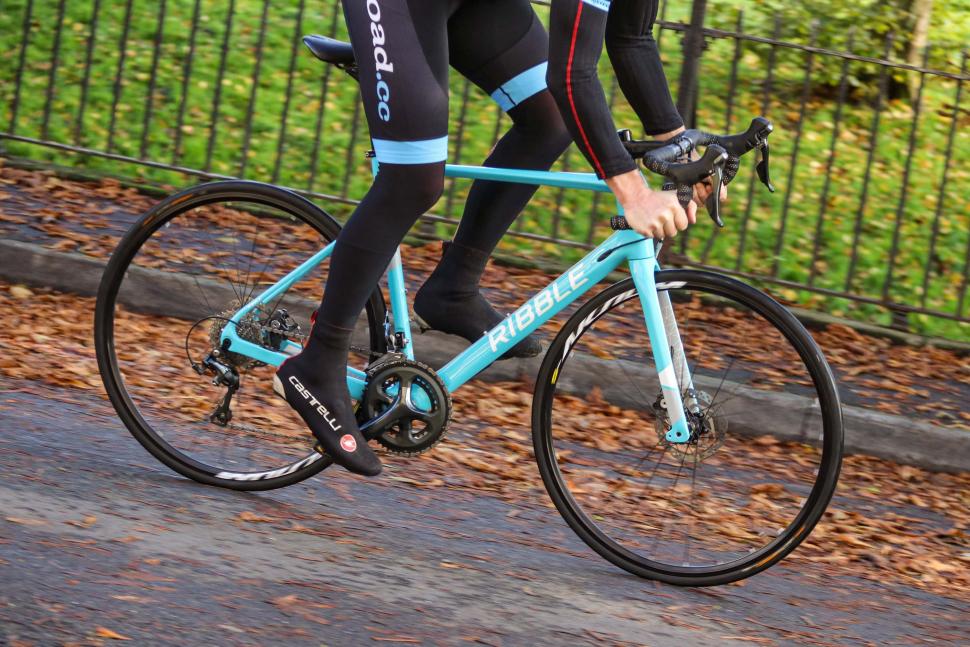

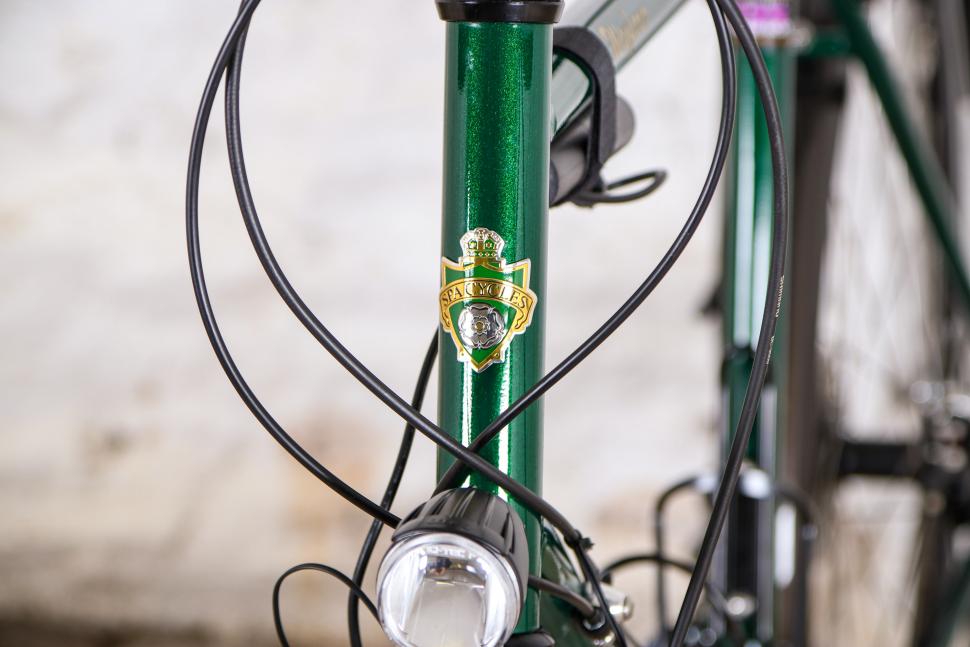


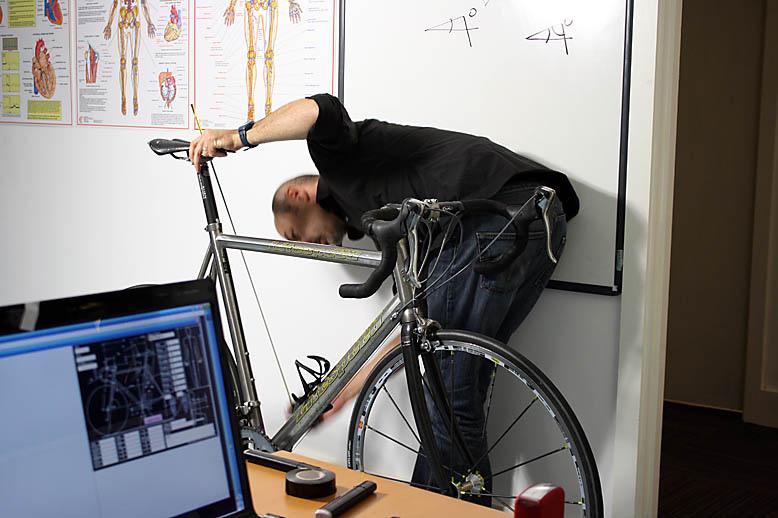

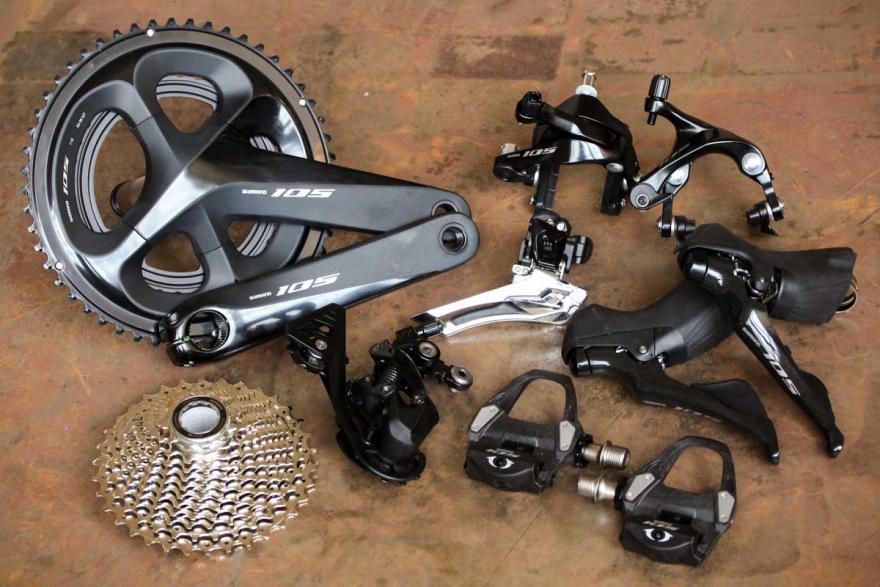



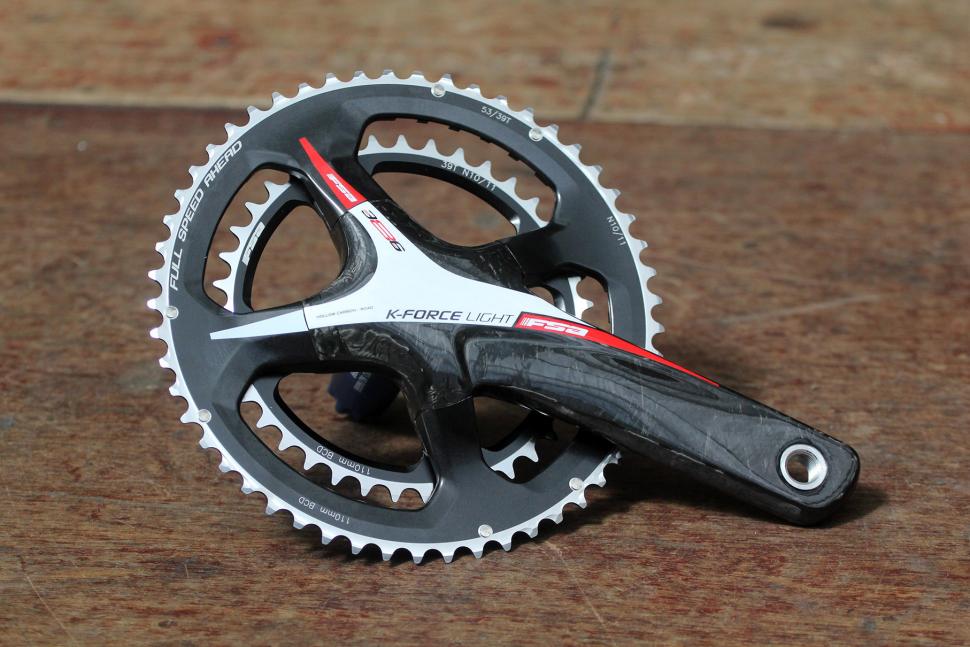

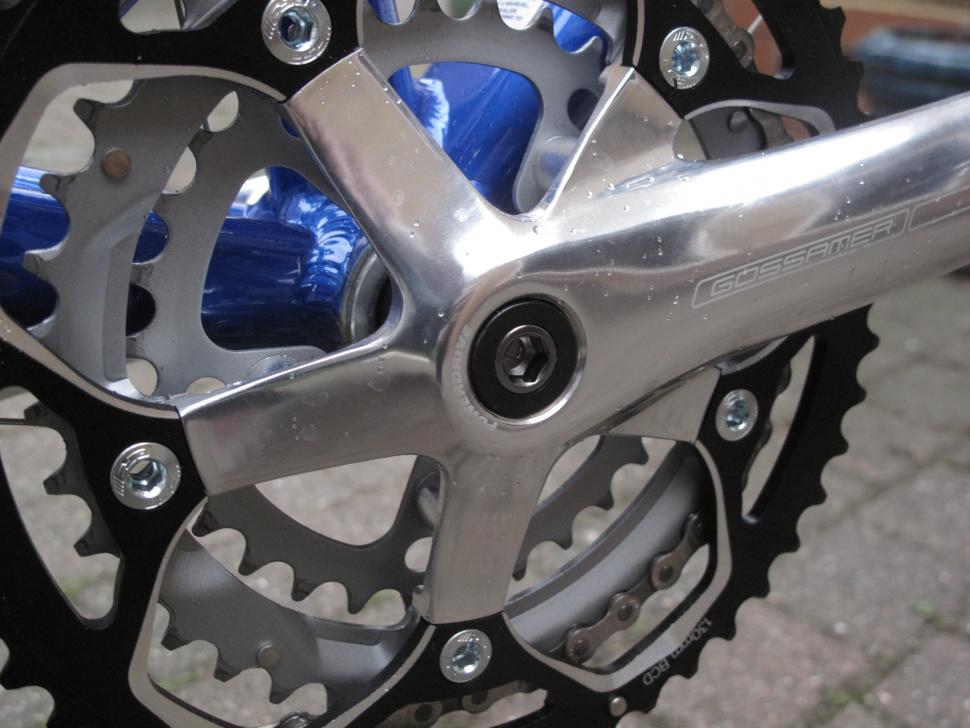

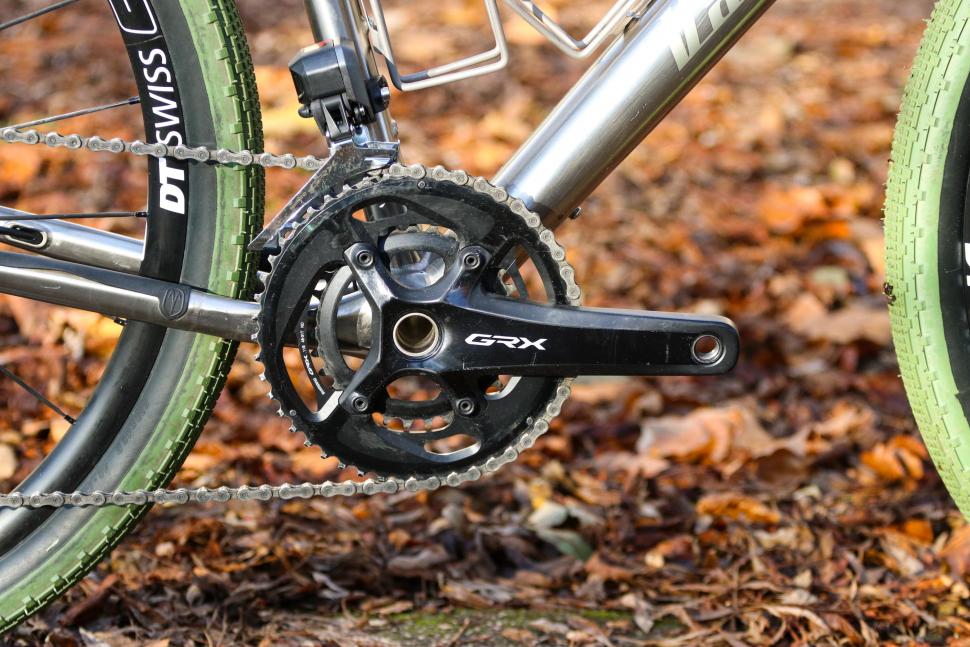

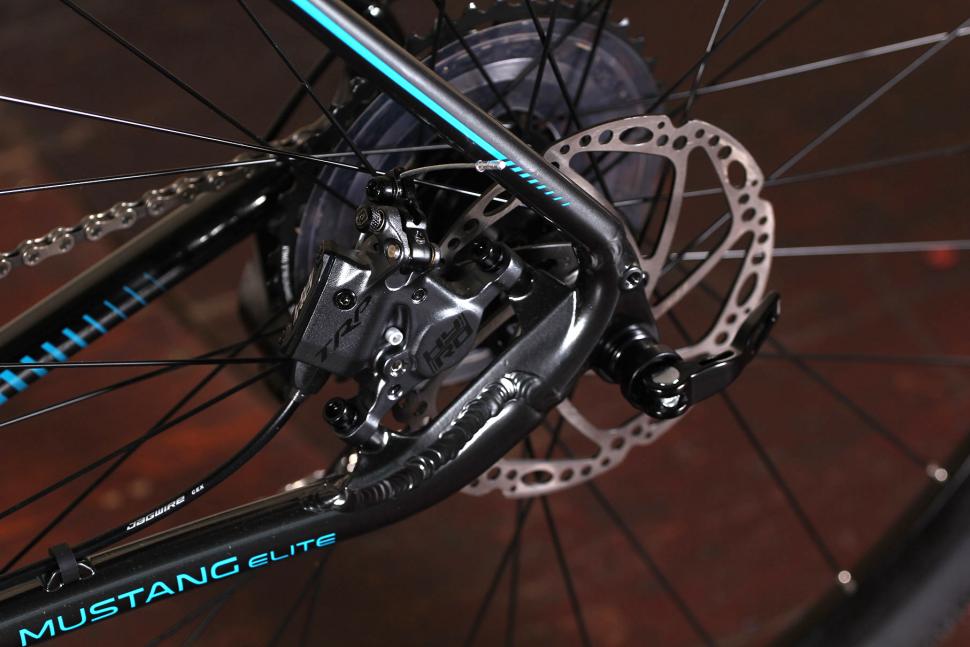
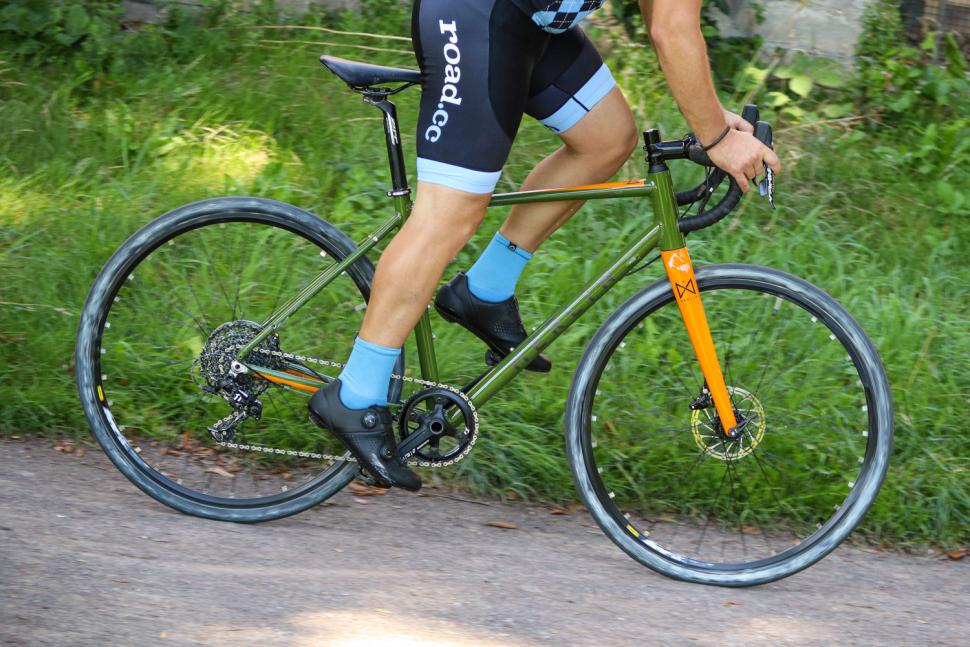
How to rein in a majority - well there is indeed a problem....
https://www.manchestereveningnews.co.uk/news/greater-manchester-news/hor......
Just drill some holes!
Aren't the levers backward compatible?
Been working with rail & bus operators for around 40 years, with a lot of data from systesm world-wide...
Some Highways Authorities insist on over engineered designs, and that might have happened here. They should be following Local Transport Note 1/20.
Your comment is remarkable for its analytical rigour and the charm with which was presented. Congratulations.
Amberley Close blocked by ambulance 'for hour' over parking...
Do you still have to re-proof jacket? Shakedry you did not which was a big advantage . The tests I see haven't mentioned this? Regards, Max.
As I note, Notts for one are doing a trial on this. https://www.nottinghamshire.gov.uk/transport/travel-notts/electric-vehic...